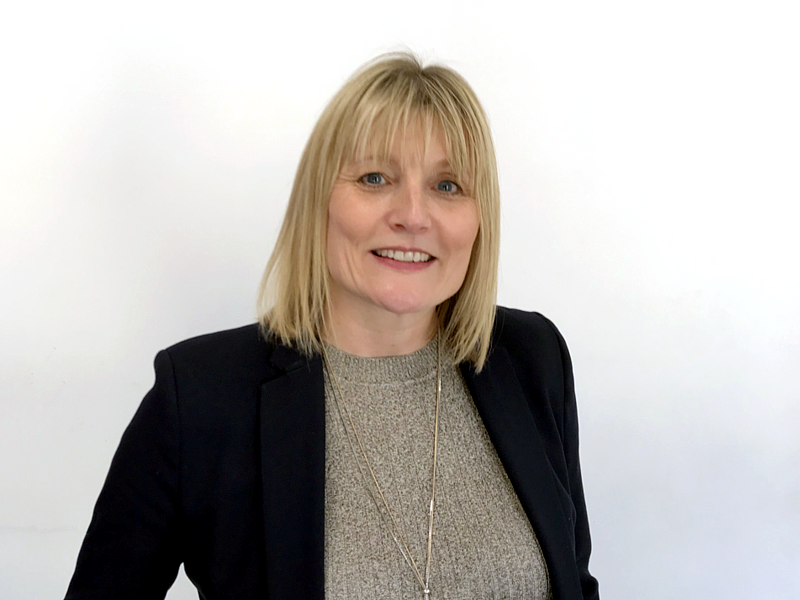 by Catherine Holmes, National Service Improvement Manager, Anchor
by Catherine Holmes, National Service Improvement Manager, Anchor
I was thrilled to read Sue Brown’s (CEO, ARMA) September blog and the proposed plan for an event on physical activity. The importance and benefits of staying active is already widely accepted and understood in terms of maintaining joint movement, bone and muscle strength and this is especially important for residents living in care homes. The challenge for care is to create opportunities for people with a wide variety and often multiple and complex health needs such as musculoskeletal, limited or a lack of mobility and living with dementia to keep engaged and active. I believe the solution may require us to rethink what constitutes activity and movement within the context of the individual and use alternative methods including technology, where appropriate, to create a sense of achievement and wellbeing.
If we do this, we first need to accept that some residents may not feel inclined, able or confident to join in energetic physical exercise sessions to the beat of ‘Tiger Feet’ or that they may feel distressed and anxious being outside of the care home. This in turn should challenge us to look more closely and creatively at what could work, considering musculoskeletal and wider health needs such as individual ability and capacity, together with guidance from healthcare professionals. This may mean that participation in gentle, seated stretching exercises possibly on a one-to-one basis might provide an initial starting point, and the NHS website provides clear guidance. Technology is often perceived as an expensive option, but it certainly has a place in encouraging physical activity, especially where mobility is restricted.  In Anchor care homes we are using Memoride – technology based on google maps where sensors are placed to a fitness device such as foot pedals or rollers to enable residents to move through familiar streets or countryside at their own pace. We’ve also invested in OMI Vista interactive projectors which project onto communal tables, floors or bed trays encouraging residents to stretch and move as they engage with quizzes, games and therapeutic activities; all which link with visually stimulating reminiscence and music.
In Anchor care homes we are using Memoride – technology based on google maps where sensors are placed to a fitness device such as foot pedals or rollers to enable residents to move through familiar streets or countryside at their own pace. We’ve also invested in OMI Vista interactive projectors which project onto communal tables, floors or bed trays encouraging residents to stretch and move as they engage with quizzes, games and therapeutic activities; all which link with visually stimulating reminiscence and music.
AgeUK states ‘our bodies were made to move and it’s a myth that getting older means an end to being active,’ which is something I genuinely believe to be true regardless of where or how you live. Whether it’s taking a walk in the garden, reminiscing about the plants and seasons, or creating stimulating environments in hallways which invite and intrigue our residents to keep moving onwards, we should recognise, encourage and celebrate all that is active in whatever context individuals can achieve.

